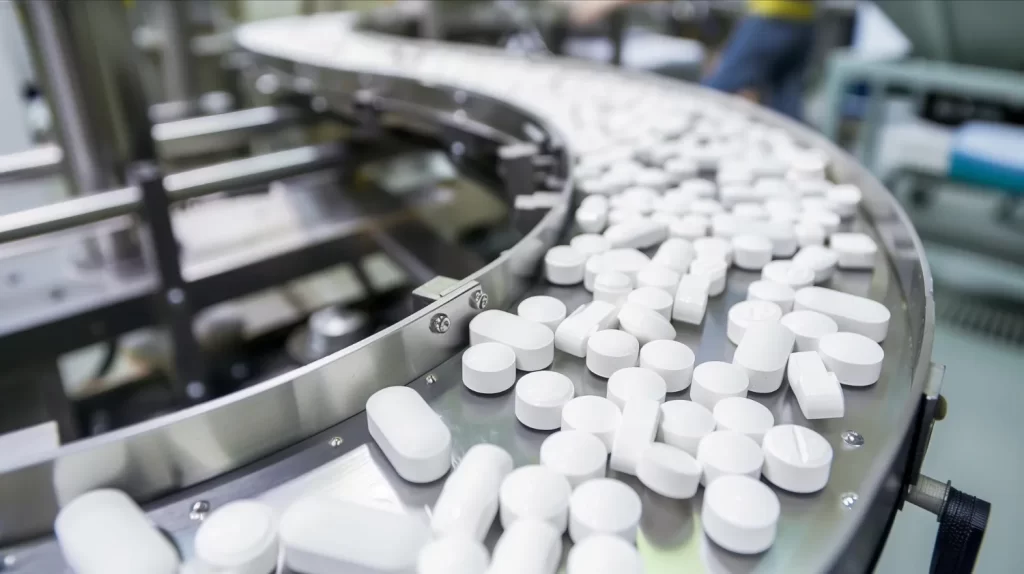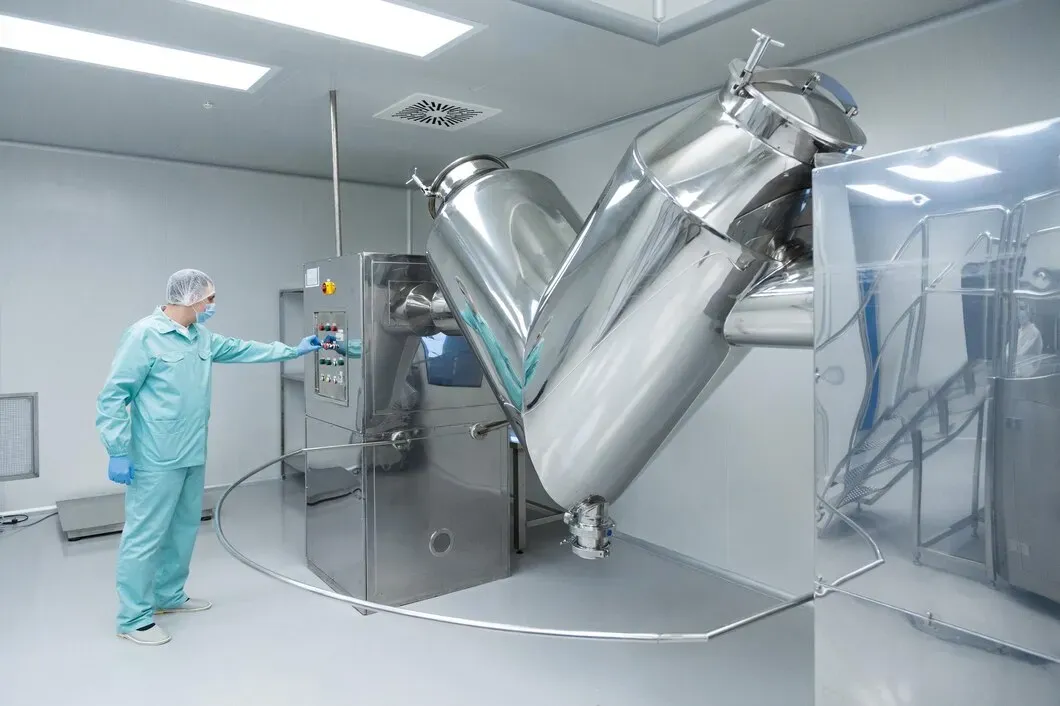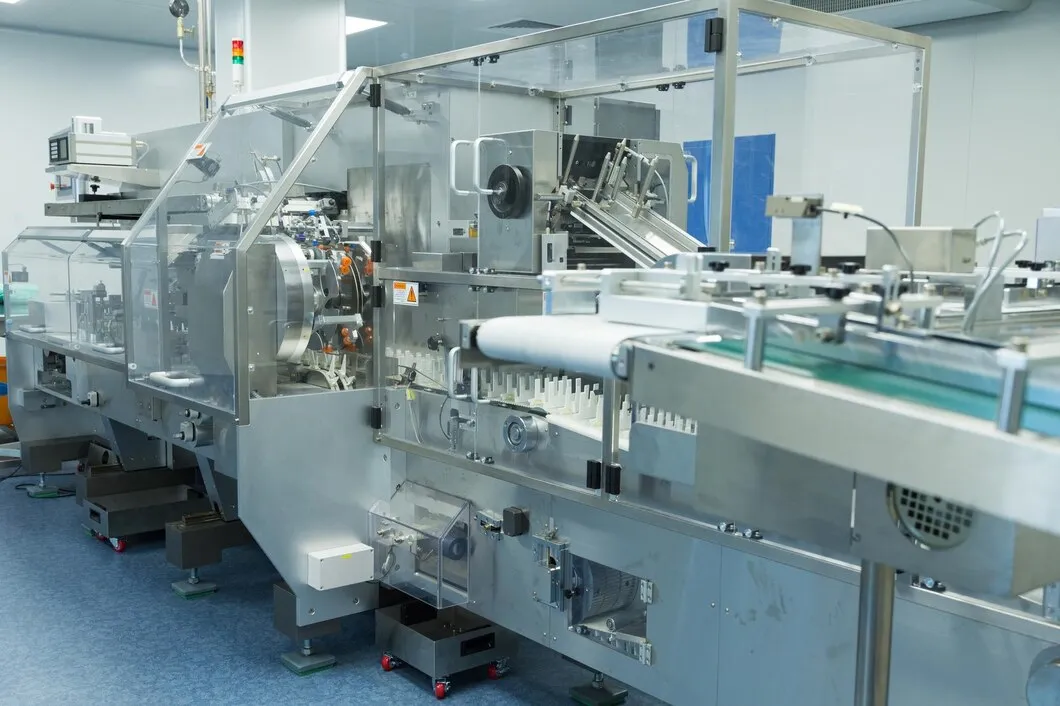La industria farmacéutica continúa expandiéndose, tanto en valor como en alcance global. Los nuevos medicamentos, el envejecimiento de la población y las crecientes necesidades de salud impulsan la demanda cada año.
En este artículo, examinaremos el valor de la industria en 2025 y los factores que impulsan ese crecimiento.

Se proyecta que la industria farmacéutica mundial generará 1,21 billones de dólares en ingresos en 2025, según StatistaSe espera que solo Estados Unidos represente más de la mitad de ese total, alcanzando los 1TP460.040 millones de TBP, gracias a sus avanzados sistemas de atención sanitaria y a su fuerte inversión en I+D.
Entre las áreas terapéuticas, la oncología sigue siendo la principal generadora de ingresos, con un valor de mercado proyectado de $208.860 millones en 2025, con un crecimiento interanual de 7,6% (Becker's Hospital Review). Otros segmentos de alto rendimiento incluyen:
De cara al futuro, Statista pronostica una tasa de crecimiento anual compuesta (CAGR) de 4,77% entre 2025 y 2029, lo que elevará los ingresos totales de la industria a $1,45 billones para 2029.
Los fármacos GLP-1, utilizados para tratar la diabetes tipo 2 y la obesidad, también son un factor importante en el crecimiento actual. Las ventas de estos fármacos superaron los 1000 millones de dólares en 2024 y se prevé que sigan aumentando en 2025, gracias a la expansión de la capacidad de producción de empresas como Novo Nordisk y Eli Lilly para satisfacer la demanda mundial (Investing News Network).
El aumento constante del tamaño del mercado refleja la demanda mundial de tratamientos para enfermedades crónicas, la innovación en biotecnología y medicamentos especializados, y un acceso más amplio a la atención médica en los mercados emergentes.
Varios segmentos de rápido movimiento están impulsando el crecimiento de la industria farmacéutica en 2025. Estas áreas están atrayendo la mayor inversión y dando forma al futuro del desarrollo de medicamentos.
Terapias genéticas y celulares Se están convirtiendo en actores clave del mercado. Estos tratamientos se dirigen a enfermedades que antes eran intratables, ofreciendo nuevas esperanzas y un alto potencial de ingresos.
Anticuerpos biespecíficos Son otra área innovadora. Estos tratamientos de nueva generación están mostrando sólidos resultados en ensayos clínicos contra cánceres de sangre y cáncer de pulmón.
Terapéutica digital y telesalud Están ampliando el acceso de los pacientes a los medicamentos. Las empresas se están adaptando a las plataformas en línea para llegar a más personas.
Inmunología Sigue creciendo gracias a la innovación. Nuevos productos biológicos y terapias dirigidas están reemplazando a los medicamentos más populares y obsoletos.
Estos segmentos de alto crecimiento están transformando la industria, llevándola hacia tratamientos más precisos, personalizados y basados en tecnología.
El aumento del valor del mercado, la demanda de terapias avanzadas y el impulso hacia la medicina personalizada están abriendo nuevas oportunidades, pero también elevando el nivel para los fabricantes y proveedores.
Las empresas farmacéuticas se ven presionadas a escalar con mayor rapidez, lanzar productos más complejos y cumplir con estándares de cumplimiento normativo más estrictos. Esto implica que las líneas de producción deben ser más flexibles, eficientes y cumplir con las normas GMP.
Para los proveedores de maquinaria y los socios de producción, el mensaje es claro:
Canaan apoya este cambio proporcionando maquinaria confiable y de alto rendimiento que ayuda a las compañías farmacéuticas a mantenerse competitivas. Desde el llenado de cápsulas hasta el envasado automatizado, nuestros sistemas están diseñados para satisfacer las demandas de la producción farmacéutica actual.
El crecimiento de la industria farmacéutica en 2025 no se limita a las cifras, sino que refleja un cambio global en la prestación, el acceso y el desarrollo de la atención médica. Para fabricantes y proveedores, esto implica actuar con rapidez, invertir con prudencia y mantenerse en sintonía con las exigencias regulatorias y del mercado. Los ganadores en este ámbito serán quienes combinen calidad, eficiencia y capacidad de adaptación.
Canaán está aquí para apoyar ese viaje.con maquinaria y Soluciones Diseñado para lo que viene en la industria farmacéutica.




Antes de que un medicamento llegue a un paciente, comienza en un laboratorio. Ahí es donde se prueban las fórmulas, se verifican los lotes y se confirma o cuestiona la calidad. Para realizar este trabajo correctamente, los laboratorios dependen del equipo adecuado: herramientas que no solo cumplen su función, sino que la realizan con precisión. Si eres responsable de la gestión o […]

El blíster está presente en todas partes en la industria farmacéutica, desde comprimidos y cápsulas hasta paquetes de muestra. Protege el producto, prolonga su vida útil y mejora la seguridad del paciente. Pero para los fabricantes, es más que un simple embalaje: es un sistema basado en la velocidad, la precisión y el cumplimiento normativo. Si trabaja en la fabricación farmacéutica o en la adquisición de envases, esto es lo que necesita saber sobre el blíster […]

Si está decidiendo cómo presentar un producto farmacéutico o suplemento, el formato que elija (geles líquidos o tabletas) influirá en mucho más que su apariencia. Afecta la elaboración del producto, su velocidad de absorción, el tipo de equipo necesario y la experiencia del usuario final. Algunos principios activos funcionan mejor en […]